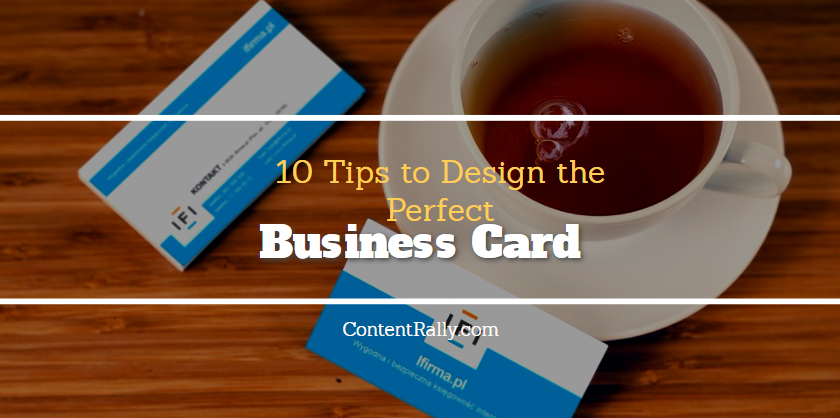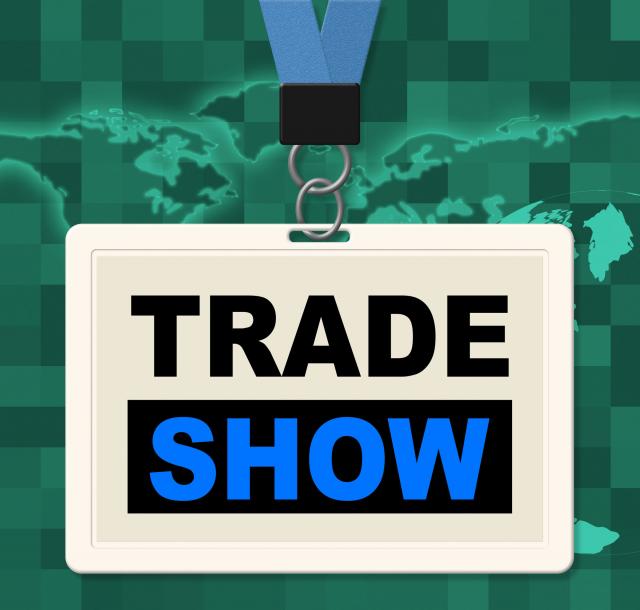Handing out business cards is a good way to promote your brand and foster personal connections.
But, the creation of perfect and memorable cards clearly remains a challenge. Research shows: 88%—or 9 out of 10—of distributed business cards will be thrown out within one week.
How to Design the Perfect Business Card
So, what makes these tangible objects impressive?
A lovely design.
The perfect business card doesn’t only present your contact information. It also communicates your brand’s professionalism.
So, if you’re interested in making a positive impression, consider the business card design tips below.
1. Adhere to the Principles of Good Design
The perfect business card is a visual representation of your brand. It’s a determining factor in whether people trash your card.
And, the following elements of good design are important in capturing people’s attention:
- Alignment and length
- Color scheme
- Content hierarchy
- Typography
- Kern
- Layout
- Tracking
- White Space
2. Avoid Complexity in Design
When designing the perfect business card, you should aim for simplicity.
Simplicity in color and contrast to prevent overwhelm. Simplicity in fonts to prevent difficulty in reading.
Remember, you want a prospect or customer to reach out to you for help with their needs. And, by avoiding complexity, you make it easy for them to read your contact information, call your number, and partner with you for your services.
3. Provide Key Information
Above, we discussed simplicity in design. And, you can keep it simple by only presenting the information required to communicate who you are, what you do, and how to contact you. Details such as:
- Name
- Title, role, or function
- Business name and logo
- Physical address
- Telephone number
If space allows, for social connections, you can also add virtual information. For instance, you can include:
- Professional e-mail address
- Website landing page or blog address
- One or two professional social media handles
- QR code
4. Emphasize Benefit and Value
You should also take it a step further and emphasize your benefits. In other words, the perfect business card should do two things:
- Tell (or remind) people about what you can do for them
- Tell (or remind) people about the value you offer
Limit your explanation to a line or two, describing your service, specialization, and value statement.
5. Consider a Nontraditional Shape
Can you choose the standard 3.5×2 inch horizontal rectangle/square?
Yes. But nowadays, you also have more creative options available. With die-cuts, for example, you can choose from a variety of shapes:
- Circle
- Folded
- Half-Circle
- Leaf
- Oval
- Rounded Corners
- Single Rounded Corner
- Slim
- Vertical
6. Improve Your Card’s Appearance
Additionally, you can improve the look and feel of your business card, through imprinting. Again, you have several methods to choose from:
- CMYK or Four-Color Printing
- Embossing
- Debossing
- Foil Stamping
- PMS or Pantone Matching System
Depending on your chosen imprint, “finishes”—such as lamination, UV, and spot coatings—can also positively enhance your card’s quality and design.
7. Invest in High-Quality Materials
Presentation is an important part of designing the perfect business card.
And, the quality of your chosen material impacts your brand’s impression.
You have a few choices, when choosing your card’s paper, weight, and thickness: regular, plastic, textured, thick, thin.
But, high-quality material is a better investment. How do we know? The National Institutes of Health’s research on haptic sensations found: physical touch can influence the impressions and thoughts formed about people and situations.
8. Ensure Branding Consistency
What you shouldn’t do, when designing your business card, is display a lack of cohesion in branding. If there are style, color, and typography inconsistencies in your marketing materials, then people will notice.
Remember, your brand identity helps customers and prospects recognize your business. And, when consistent, your business cards reinforce your visual elements.
9. Double-Check for Errors and Unreadable Text
You want customers to take you seriously. To trust you.
So, double-checking your business cards, before printing, is critical. Read, reread, and edit. Search for spelling, punctuation, grammar, layout, and omission mistakes.
But, don’t stop there. Also, make sure your business card is readable by:
- Using at least 8 point fonts
- Using font colors complementary to its background
10. Beware Printing Specifications
When designing the perfect business card, you must ensure optimal printing.
Many printers stop at a certain point. So, it’s important to consider the following specifications:
- Bleed Area. You should include at least a 1/8” bleed area as it eliminates white space during printing.
- Safe Area. The center of the business card is the safe area, so you want all your readable text and graphics there.
Ready to Design Your Card?
Now, you’re armed with 10 good design tips for creating the perfect business card. Use this Vistaprint coupon code to save on your next order. Will you apply them? If so, you’ll have what you need to increase your brand awareness, make a memorable impression, and even attract new clients.
Read also:






















